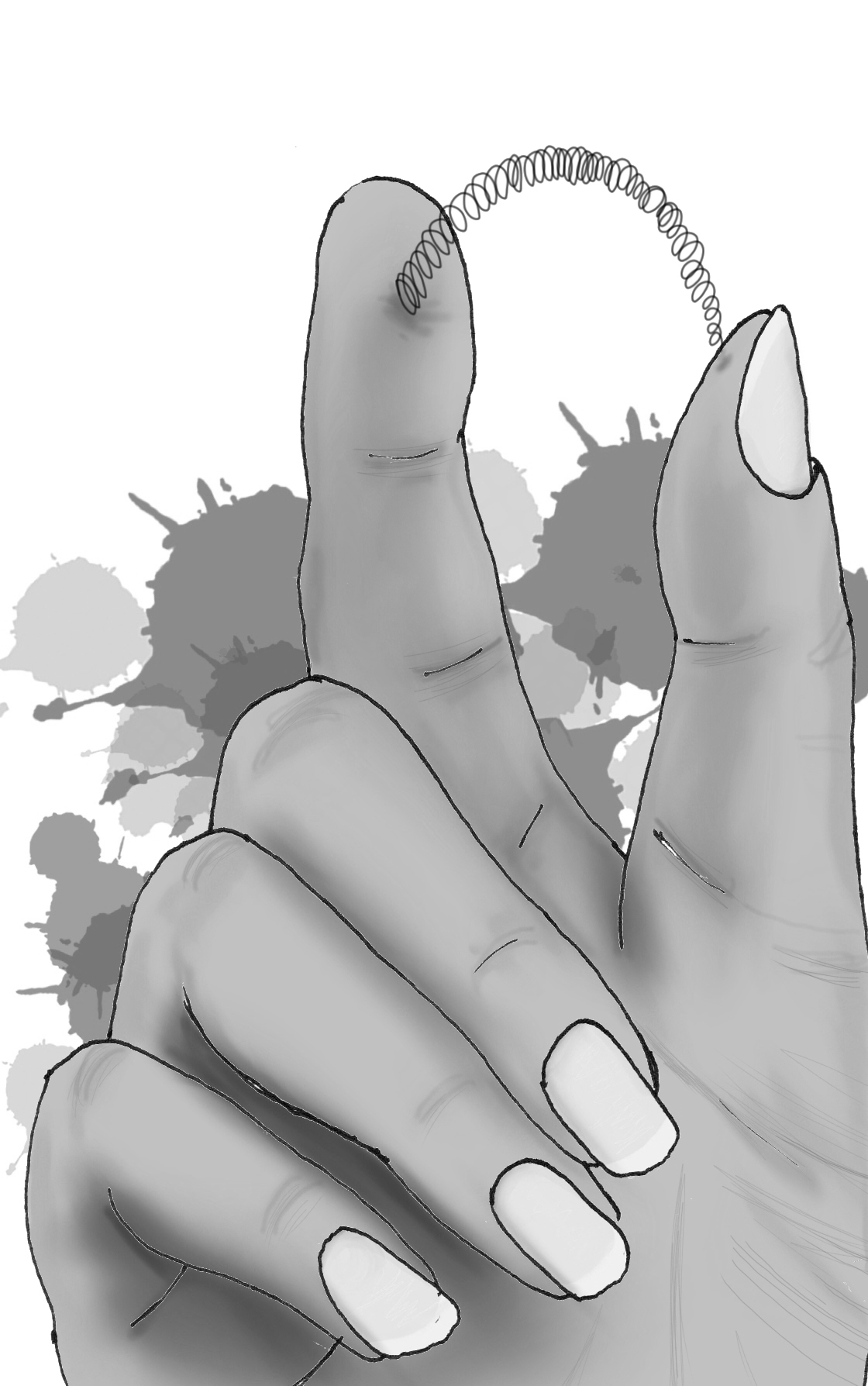
A decade-old method of female sterilization may be riskier than it first appeared, according to a new study from researchers at the Yale School of Medicine.
At first glance, Essure, a sterilization method introduced in 2002, seemed safe and easy to implement. Also known as “the coil,” Essure works by creating scar tissue in the fallopian tubes, rendering fertilization impossible.
A 2002 study concluded that Essure was safe and effective. But in a September paper in the New England Journal of Medicine, Yale researchers questioned the original study, calling for greater understanding of Essure and its side effects. The Yale researchers noted that after one year, study investigators had surveyed only 632 out of the 926 women who were originally enrolled at the beginning of the study. After two years, researchers had surveyed just 197 women. Since its publication, the paper has received national media attention from CNN and the New York Times.
“Essure had a lot of promise because there were no incisions and it could be done in the office,” Aileen Gariepy, professor at the School of Medicine and one of the study’s authors, said. “But as I started doing the procedure, it didn’t seem like it was necessarily more advantageous than the traditional way.”
Gariepy noted that the procedure for inserting Essure requires multiple steps, creating more opportunities for mistakes.
To install Essure, physicians place small coils in each fallopian tube. The coils, when placed correctly, induce inflammation and scarring, rendering women sterile after about three months.
But some women became pregnant during the three-month waiting period when scar tissue forms. Other complications included abdominal pain and uncontrollable bleeding, in some cases necessitating hysterectomy — the removal of a patient’s uterus that may also involve the removal of other surrounding reproductive structures.
At first glance, the procedure has several advantages, according to Yale researchers. For one, it does not require surgery, meaning patients do not have to undergo general anesthesia or risk scarring. Sanket Dhruva, research fellow at the School of Medicine and one of the paper authors, noted that the procedure “can be done in an office-based setting.” By contrast, laparoscopic sterilization — the most common form of female sterilization — leaves incision scars and can take several days to heal, Dhruva said.
Gariepy said she hopes the new study will give women a more accurate picture of the Essure’s true risks and benefits. For some women, such as those who cannot tolerate general anesthesia or who strongly oppose having incision scars, Essure may make sense, Gariepy said. However, for other women, the more traditional practice of laparoscopic sterilization may be the best option.
But Gariepy emphasized that providing women with accurate information is crucial.
Gariepy said that after about three months she found that roughly 85 percent of those who use Essure will be sterile, a figure very different from the 99.7 percent advertised.
“It’s important to know what the complications are,” Dhruva said.
Still, some resource centers do not even advertise Essure as a method of birth control. Farheen Maqbool ’17, a representative from the Women’s Center, noted that their informational pamphlets about contraception do not include a section about sterilization.
About 345,000 women choose to undergo permanent sterilization annually, according to the Yale paper.
Correction: This article previously incorrectly stated that Sanket Dhruva is a professor at the Yale School of Medicine. In fact, Dhruva is a research fellow at the school.







